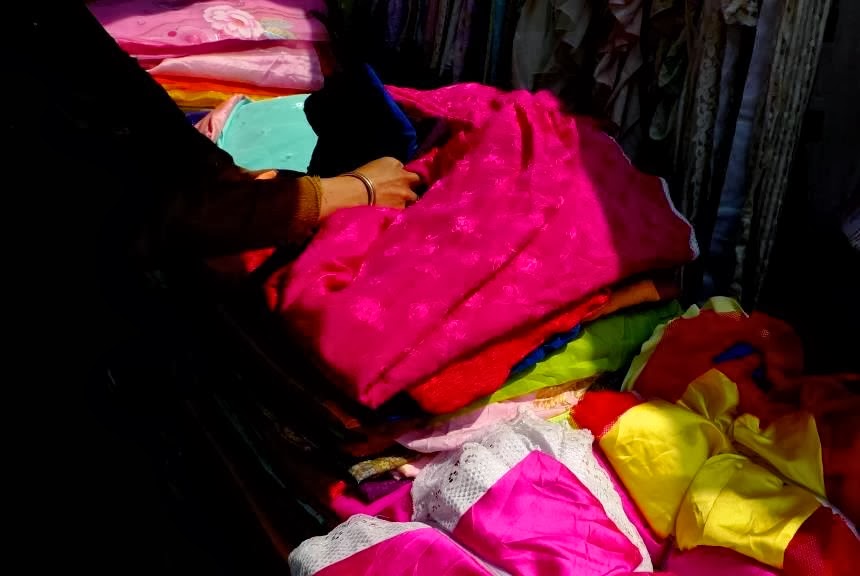25. The end of the road, for now!
 |
| The BMW securely stored: Friends of mine like to refer to it as my "steely-eyed girlfriend". |
My fantastic, five-months trip comes to a close, the motorcycle is safely stored with friends in their 'living-room' in Phnom Penh.
I rode about 15,300 kilometers (9,500 miles) through Thailand, Laos and Cambodia. I saw fantastic landscapes, big and small exotic animals, and many accidents. I met some great and fascinating people who I will miss, and some who were downright weird, or scary (I won't miss those!).
The road conditions ranged from excellent to dismal, they were -in retrospect- all great adventures and experiences. From time to time the BMW took a heavy beating and I felt truly sorry for the motorcycle, but it did the job and never let me down. It was a great pleasure to ride this bike in such divers conditions. (I wish, though, that it wouldn't attract so much attention.)
The road conditions ranged from excellent to dismal, they were -in retrospect- all great adventures and experiences. From time to time the BMW took a heavy beating and I felt truly sorry for the motorcycle, but it did the job and never let me down. It was a great pleasure to ride this bike in such divers conditions. (I wish, though, that it wouldn't attract so much attention.)
A special 'salute' is in order for the tires I selected for this trip, the CONTINENTAL TKC80. This is an excellent (!) tire! Many people told me that they would wear out prematurely (Quote: "They will be bald before you have 4000 miles on them!"(End of quote) Bogus!) since about 70% of my riding was on asphalt or other pavement. The washable K&N airfilter is also an excellent, and necessary piece of equipment for a ride in such dusty conditions. The Thailand GPS data for my GARMIN/BMW Navigator produced by the Thai provider ESRI is excellent (equal to the GARMIN U.S. map, for example), the Laos and Cambodia data is sketchy so say the least.
I know by now also what I DIDN'T BRING and what would be essential, in case it would be needed!
I know by now also what I DIDN'T BRING and what would be essential, in case it would be needed!
Some of the equipment I brought with me was unnecessary (especially the heavy Packsafe was entirely useless), my 'medicine cabinet' was never used, medicine is readily available everywhere on the trip. Great enjoyment I got out of my Daytona Transopen GTX Enduro boots, although a shoemaker needed to repair them after my foot got trapped under the fallen bike. My riding jacket needs mentioning: The REVIT Airwave jacket which is transparent to airflow is excellent. It needed to get washed three times on the trip and dries over night.
All TOURATECH equipment, from the aluminum side panniers (one of the latches miraculously "fixed" itself on this trip), to the side pouches mounted to the crash-bars, the Lexan headlight protector (which doubled as a Cambodia light cutout device for daytime riding!), the aluminium oil-cooler guard served their purpose very well.
Another piece of equipment is worth mentioning: It was caged in one of the TOURATECH panniers, bounced around on the bad roads, suffered through high humidity, or even rain (in the first part of the trip before the dry season fully kicked in) and still functions very well without complains: My HP 8440 laptop. Thanks!
Another piece of equipment is worth mentioning: It was caged in one of the TOURATECH panniers, bounced around on the bad roads, suffered through high humidity, or even rain (in the first part of the trip before the dry season fully kicked in) and still functions very well without complains: My HP 8440 laptop. Thanks!
I am thankful that I had the opportunity to experience so many amazing things.
To be continued!
I invite you to come back to this blog in mid- December 2014!
Until then:
Safe riding, good luck, good health and so long. See you!
Safe riding, good luck, good health and so long. See you!























































